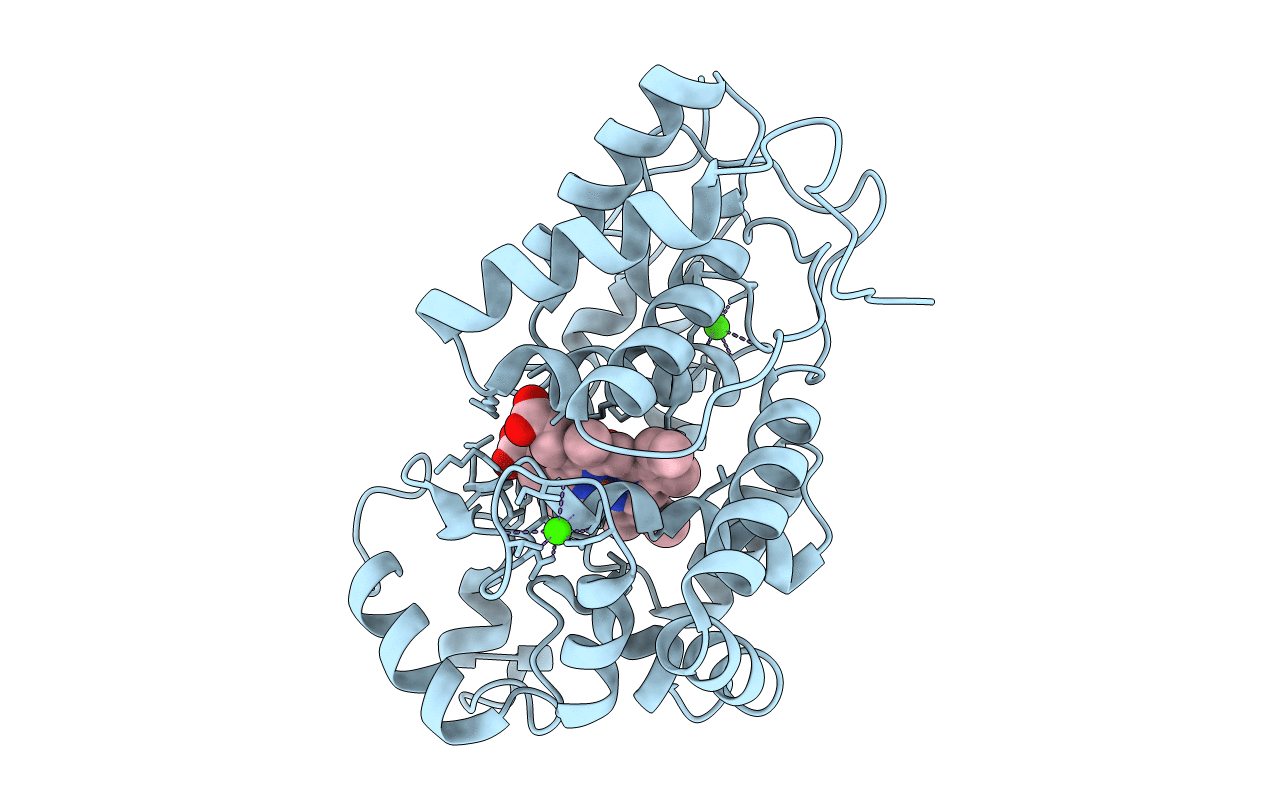
Deposition Date
2004-08-03
Release Date
2005-01-19
Last Version Date
2024-11-13
Entry Detail
PDB ID:
1W4W
Keywords:
Title:
Ferric horseradish peroxidase C1A in complex with formate
Biological Source:
Source Organism:
ARMORACIA RUSTICANA (Taxon ID: 3704)
Host Organism:
Method Details:
Experimental Method:
Resolution:
1.55 Å
R-Value Free:
0.21
R-Value Work:
0.19
R-Value Observed:
0.19
Space Group:
P 21 21 21


